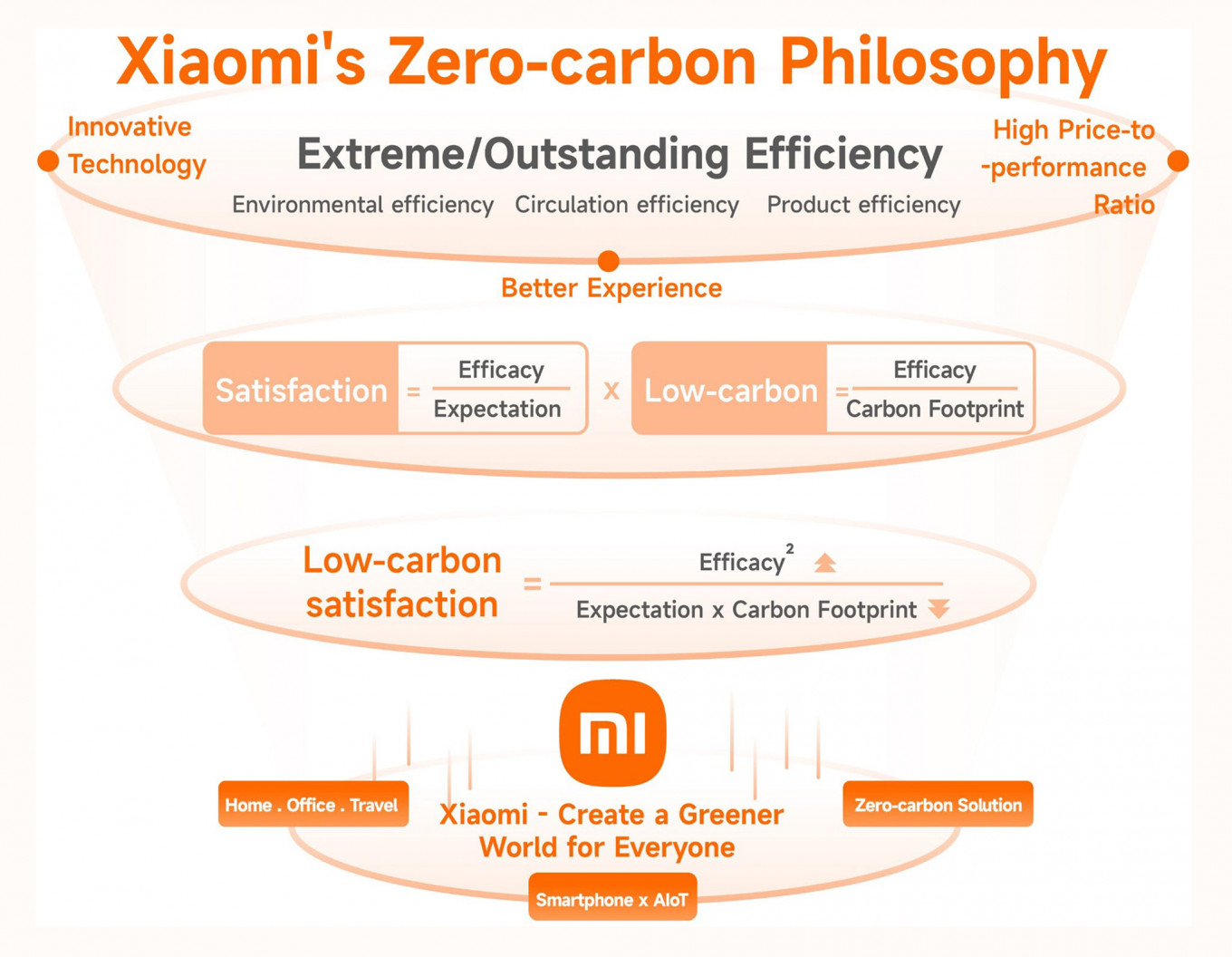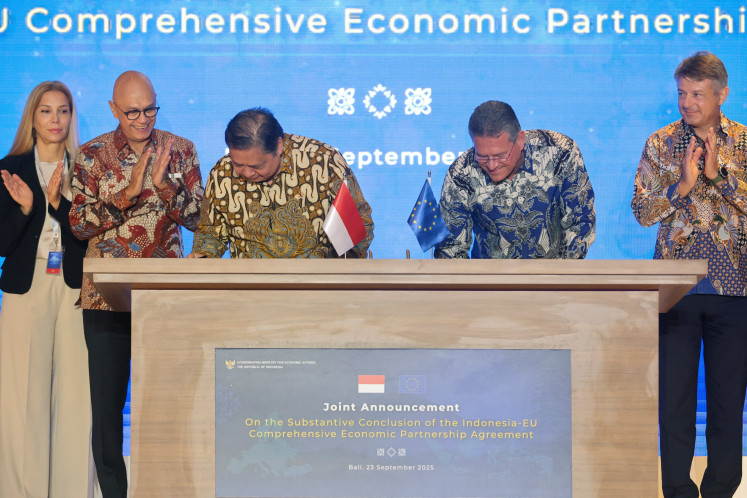Popular Reads
Top Results
Can't find what you're looking for?
View all search resultsPopular Reads
Top Results
Can't find what you're looking for?
View all search resultsXiaomi launches climate strategy, commits to reduce Greenhouse Gas Emission by 98%
On Nov. 4, 2016, the Paris Agreement came into force, with 196 parties at the United Nations Climate Change Conference (COP21) ratifying the treaty that aims to tackle the issue of climate change and limit global warming to 1.5 degrees Celsius.
Change text size
Gift Premium Articles
to Anyone
O
n Nov. 4, 2016, the Paris Agreement came into force, with 196 parties at the United Nations Climate Change Conference (COP21) ratifying the treaty that aims to tackle the issue of climate change and limit global warming to 1.5 degrees Celsius. To achieve this, greenhouse gas emissions must peak by 2025, and decline by 43 percent by 2030.
Taking the importance of this into consideration, consumer electronics and smart manufacturing company Xiaomi recently announced its new Zero-Carbon Philosophy, a long term plan that can substantially reduce the company’s greenhouse gas emissions (GHG).
Aligning with the Paris Agreement’s aspiration to achieve net-zero emissions by 2050, Xiaomi’s new philosophy looks to lower carbon emissions through researching and developing clean technologies, expanding its electronic-waste management processes and implementing green operations or logistics.
Taking a phased approach to develop and implement its GHG emission reduction action plan, Xiaomi’s Zero-Carbon Philosophy includes a variety of goals with different time frames for actualization.
The first iteration of its efforts to reduce GHG emissions was set in 2021, when Xiaomi targeted to shrink the per capita GHG emissions from its self-operated campus by 4.5 percent by 2026 compared to its 2020 baseline. As of Dec. 31, 2022, Xiaomi surpassed their target and achieved a 21.12 percent reduction in per capita GHG emissions against its baseline year.
Seeing this result, Xiaomi created its new Zero-Carbon Philosophy to reaffirm its commitment to net-zero emissions, setting a target of reducing GHG emissions from its main operating segments by at least 70 percent by no later than 2030, and at least 98 percent by no later than 2040 from the base 2020 level.
To achieve these ambitious targets, Xiaomi will prioritize the use of low-carbon technologies, long-term green power purchase agreements and on-site renewable energy generation to reduce GHG emissions throughout its target period.
Additionally, it will also encourage key suppliers to use renewable energy and establish GHG emission reduction goals that are comparable or even more ambitious than those of Xiaomi to deliver sustainable reductions.
Furthermore, Xiaomi has reduced its environmental footprint through various methods in four key areas, the research and development of clean technology and product upgrades, a circular economy and electronic-waste management.
In 2022, Xiaomi invested more than 50 percent of its total research and development expenses into clean technology research and development. In the same year, the application of clean technology-related patents and products resulted in 59.7 percent of the company’s revenue.
A few notable successes of the past year in this area include the development of 5G and energy-saving signal transmission technology, which increase the power-saving efficiency of the company’s smartphone products, reducing power consumption by approximately 30 percent compared with the previous generation.
Its energy-efficient display technology is also a notable development, reducing the energy consumption of its product’s display by as much as 70 percent when using specific applications. The company also managed to include its fast-charging technology in over 100 million smart devices and terminals, saving nearly 57 million kWh of energy consumption and 24,852 tonnes of carbon dioxide (CO2) emissions.
In addition, Xiaomi also pivoted to eco-friendly packaging, switching from buckling boxes to flattened carton boxes without plastic handles. This resulted in the company reducing the use of paper packaging by an average of 0.3 square meters and removing about 80 grams of plastic per product.
Meanwhile, the circular economy and electronic-waste management focus of its environmental footprint reduction included significant developments within the following areas, recycling and disposal, refurbishment and reusage and product durability.
In the last year, the company recycled approximately 4,500 tonnes of electronic waste. It is also targeting to recycle over 38,000 tonnes of e-waste and utilize 5,000 tonnes of recycled material in its products between 2022 and 2026.
Additionally, the company is committed to promoting the development of a circular economy by refurbishing its used products. Within the past year, Xiaomi’s renovation factory refurbished approximately 94,000 smartphones, 5,600 electric scooters and 6,200 smart TVs, all of which were then sold officially as certified refurbished products.
Lastly, the company also developed new wear-resistant ceramic materials and synthetic silicone leather materials for wide use in its smartphones that exceed international standards. Alongside this, Xiaomi released a long-lasting battery with full charging and discharging capabilities that has a 25 percent longer lifespan than previous iterations.
All of these developments harken back to Xiaomi’s mission to let everyone in the world enjoy a better life through innovative technology. To realize this mission, the company believes that it needs to help avert climate change through its own technological innovations and operational efficiencies.
With these recent developments in accordance with Xiaomi's new Zero-Carbon Philosophy, the company can effectively enhance its product efficacy and affordability while also reducing the carbon footprint of its products and services, in the hope of creating positive climate impacts and fostering greener lifestyles for a low-carbon society.
This article was published in collaboration with Xiaomi.










